What is the purpose of the round, concave metal discs located on the frame of locomotives just inside the stairs, both front and rear, four altogether facing fore and aft on locomotives of the GP9 era?
Cody answers this question in this video of Ask Trains.
Do you have questions about details on diesel locomotives, or would you like to learn more about your model railroad?
Send us an email at: AskTrains@trains.com
…………………………………
Ask Trains is a regular video feature of Trains.com for magazine subscribers and Trains.com members, where editors answer the questions readers and viewers are asking.
Special guests can include editors and contributors from Model Railroader, Trains, Classic Toy Trains, Garden Railways and Trains.com.
Questions can be about any railroad or model railroading topic. These can include questions about railroad operating practices, railroad lantern manufacturer details, model locomotive details, and toy train transformers, among others.
Trains.com and Model Railroader Senior Editor Cody Grivno works through many of these questions, which are posted twice a week, each week, all year! See all our answers to questions online!






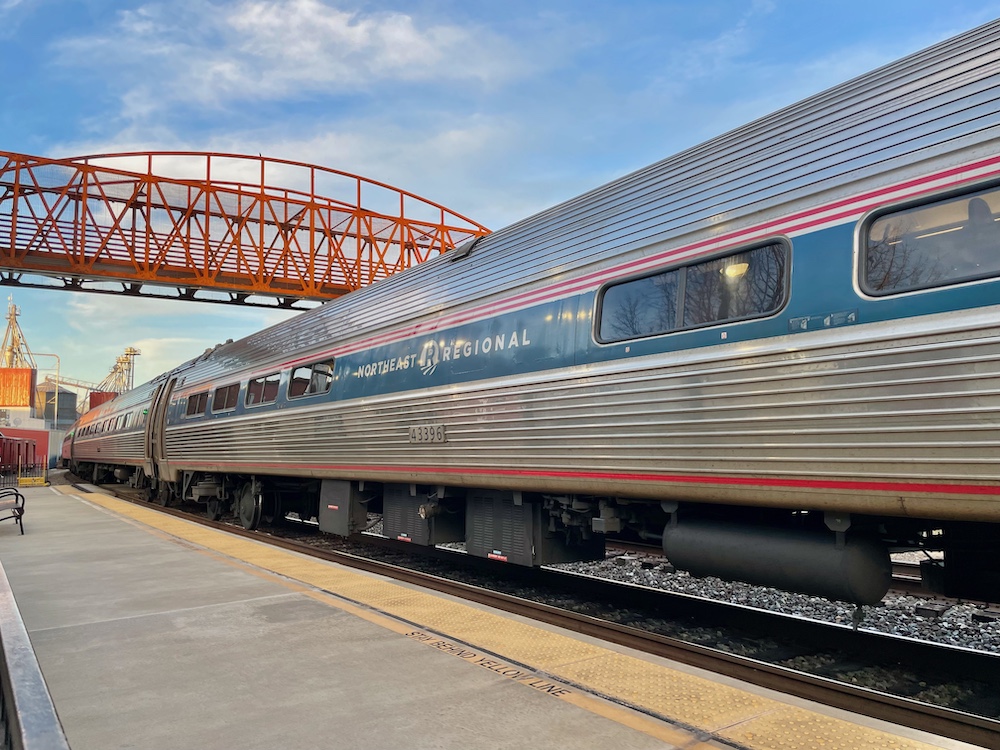
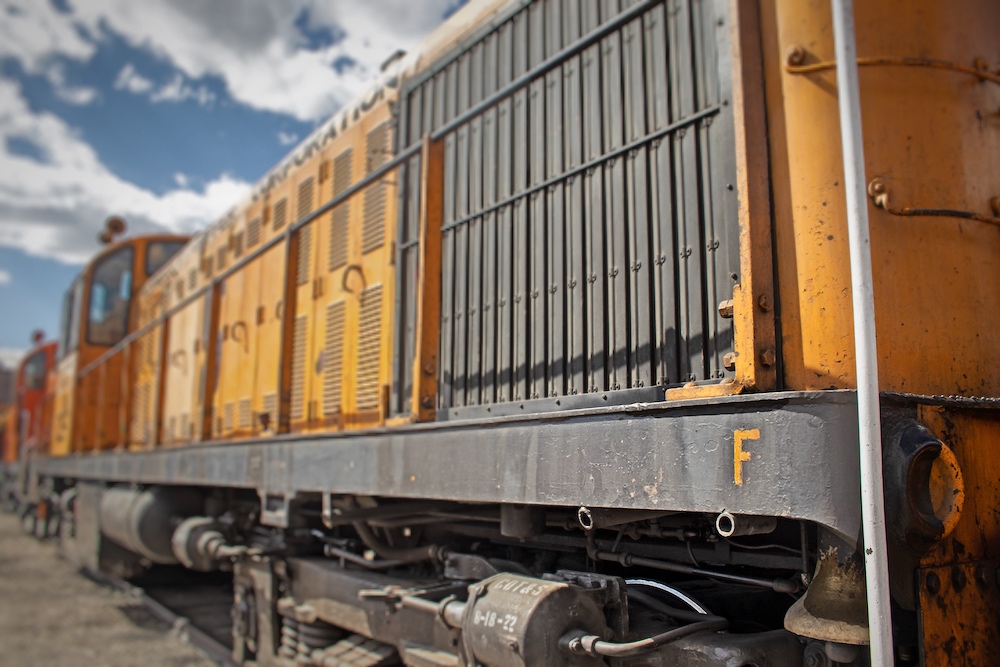
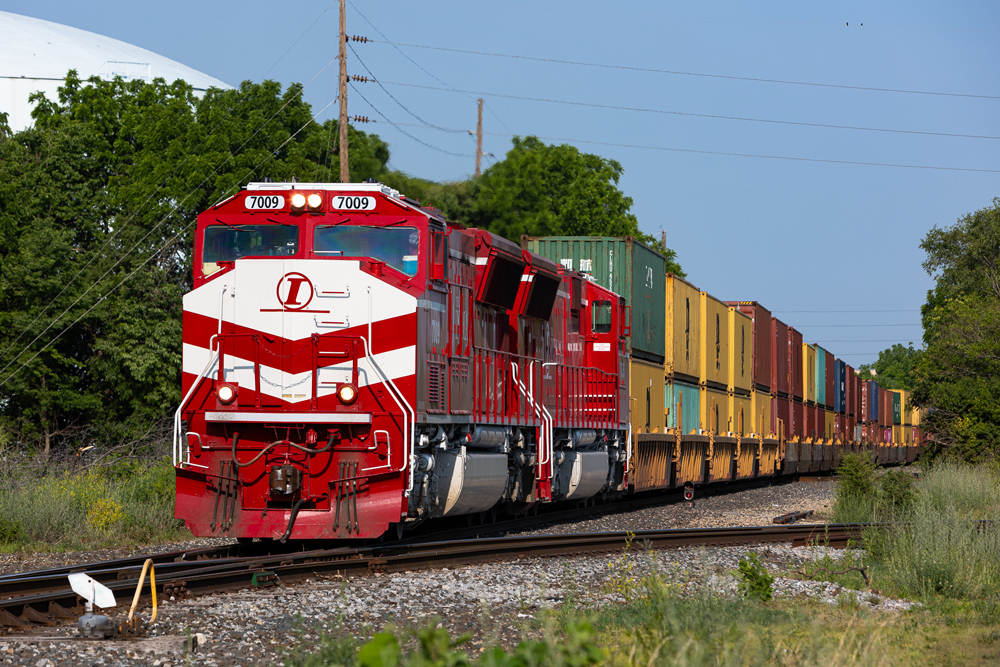
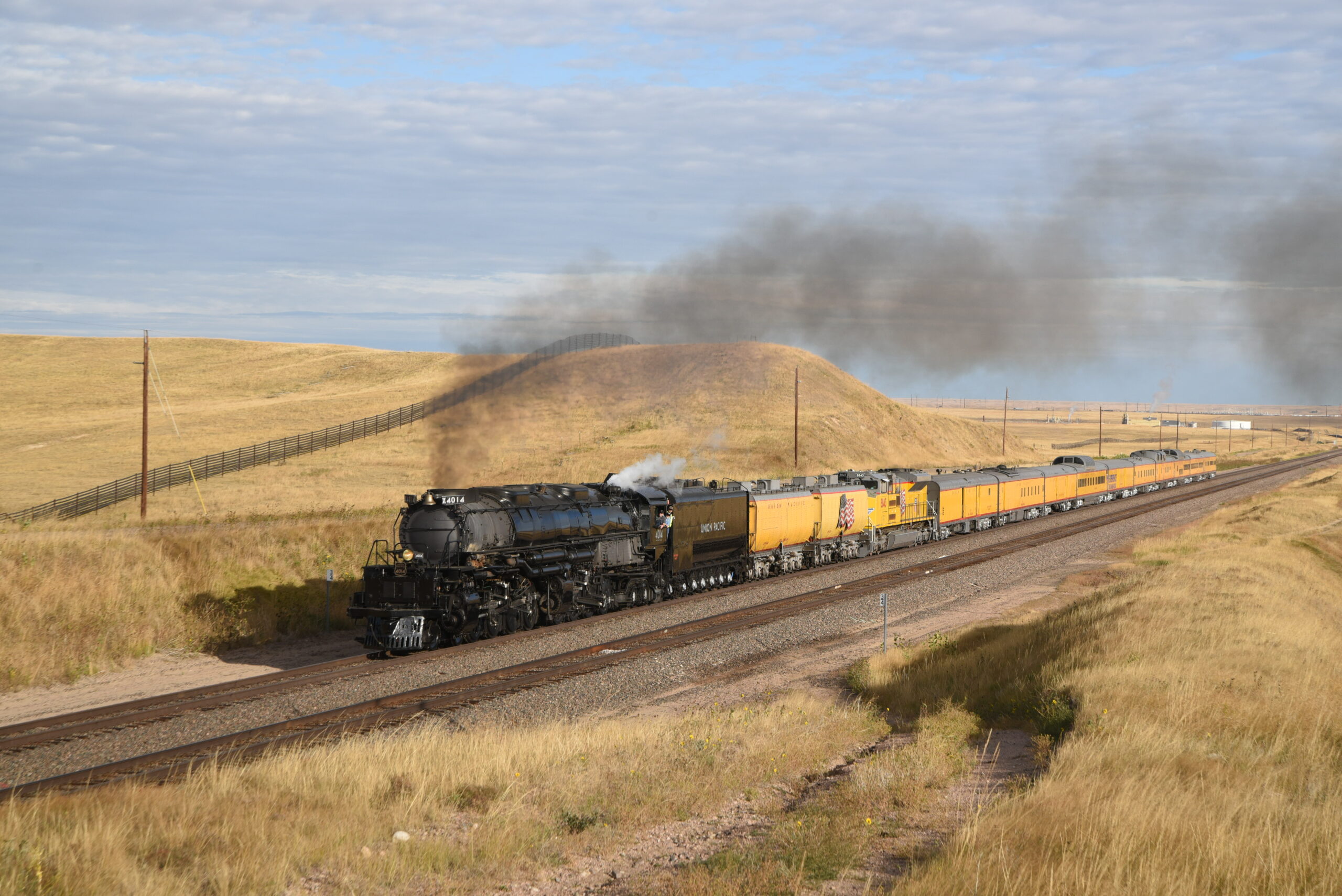
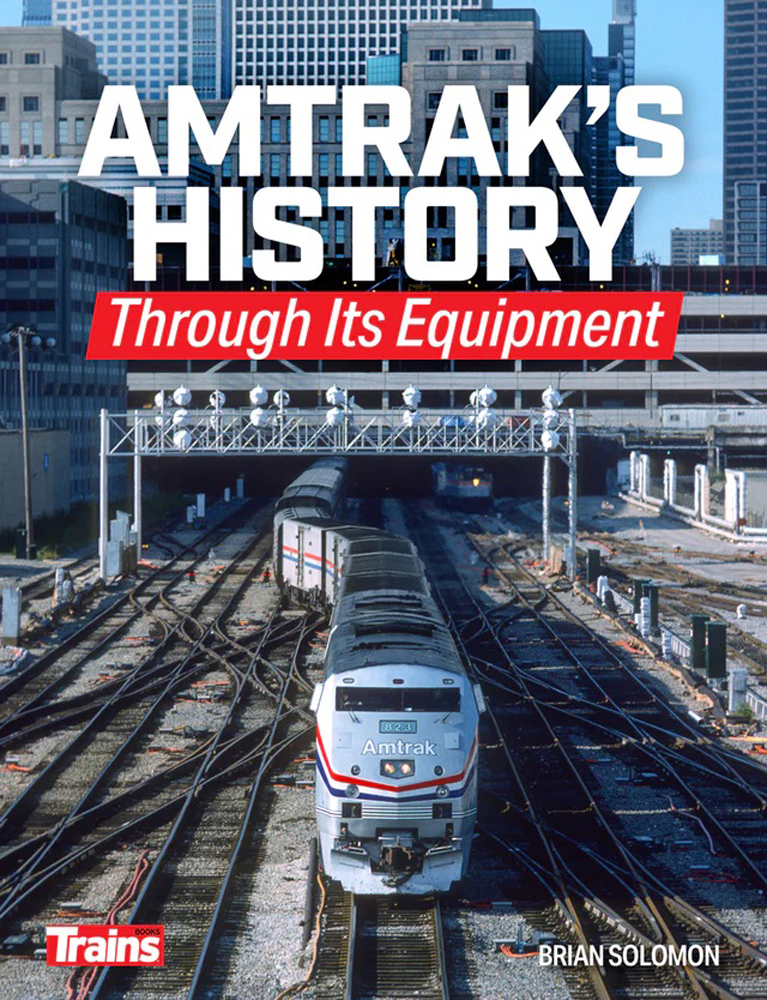
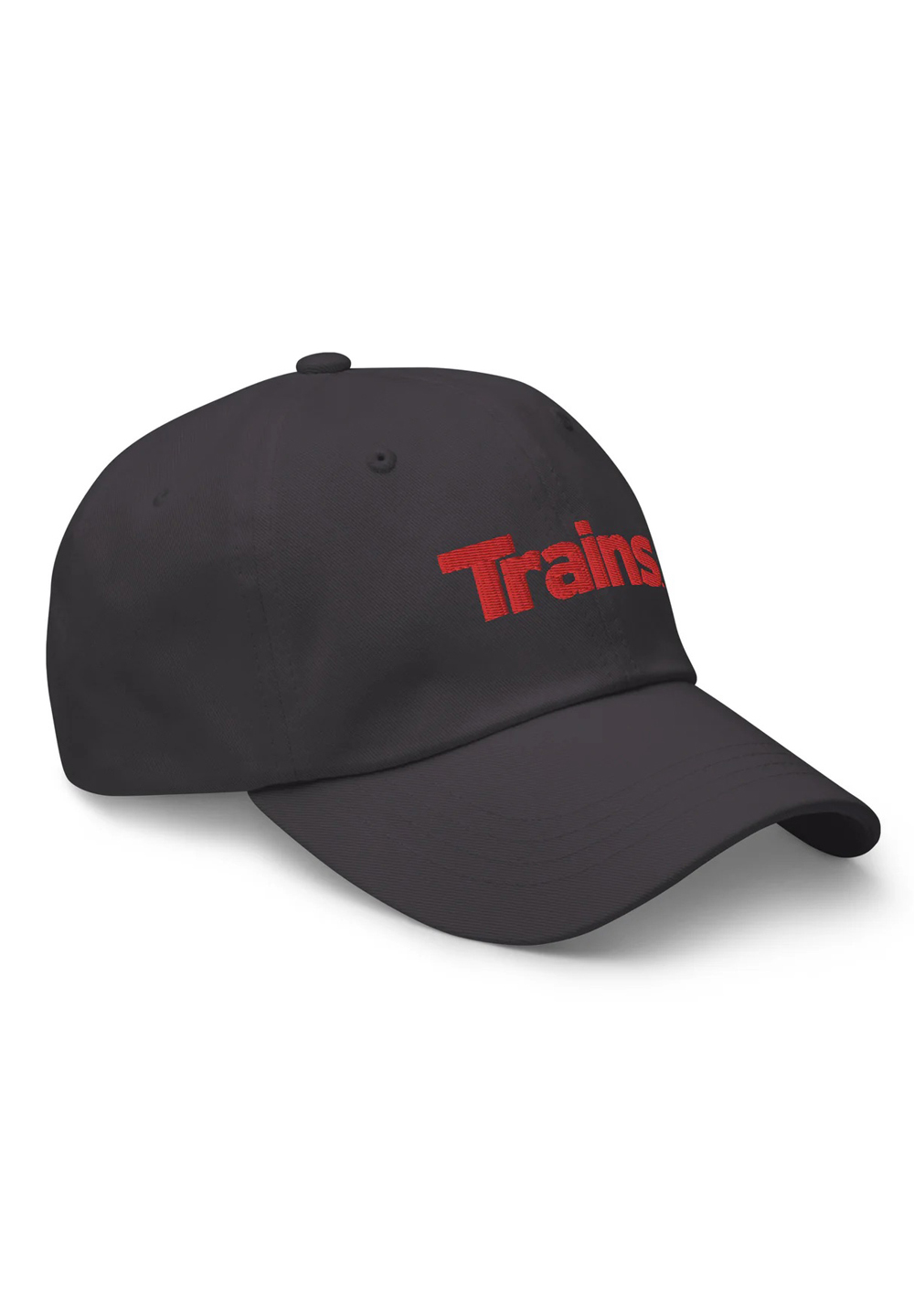
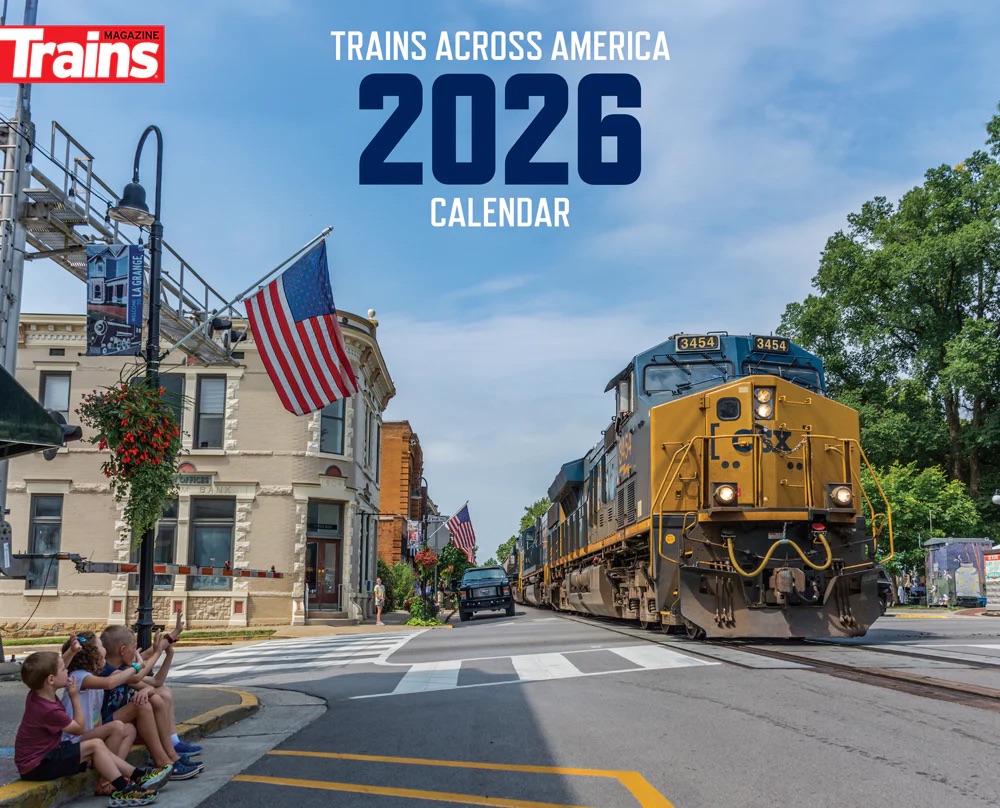
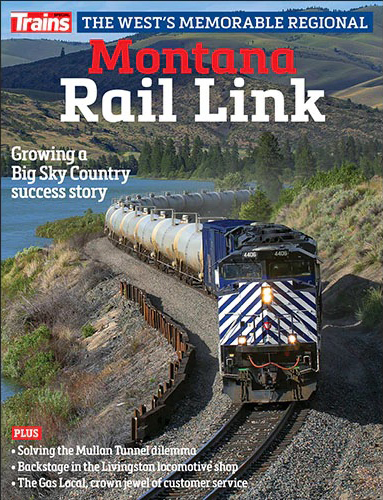
When I first hired out on Seaboard Coast Line RR at Hialeah Yard (Miami) in 1973 it was explained to me: they were called push pits. We had a few GP7s and mostly GP9s on the locals and road switchers. They all had them. The engines used to carry a long stout pole and if a railcar on a siding was slightly fouling the regular line (I don’t want to use the term ‘mainline’), the pole was used, held up onto that concave disc by the brakeman/footboardman, and the engineer would very slowly come ahead so as to push the car further into the siding. into the clear. Being a newby, I didn’t ask, “why not just hook up the knuckles and push the car?”. Anyway, that’s how it was explained to me. But I never saw it actually used.